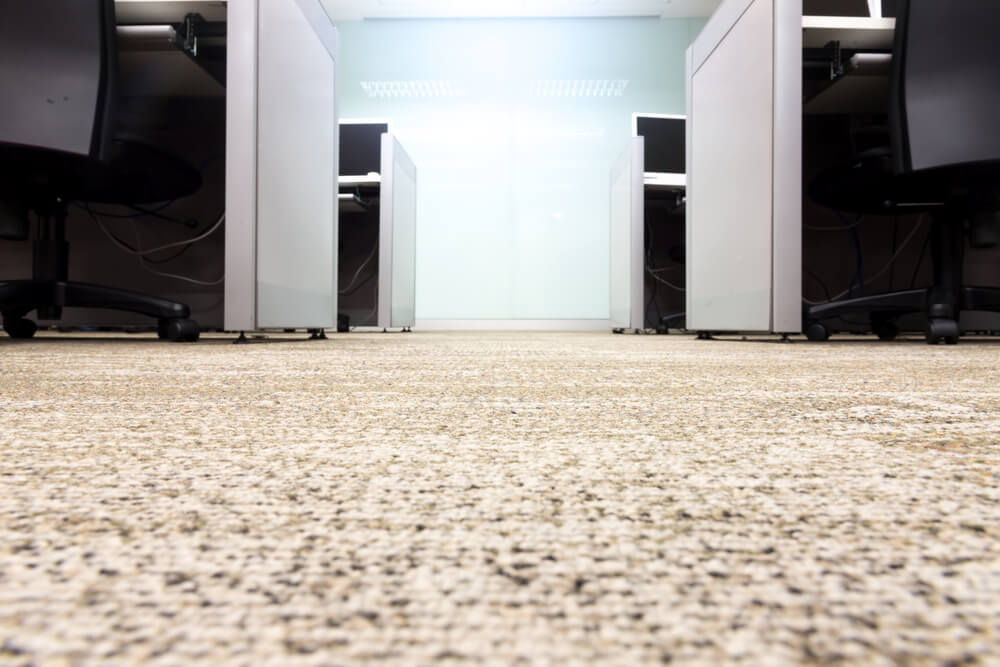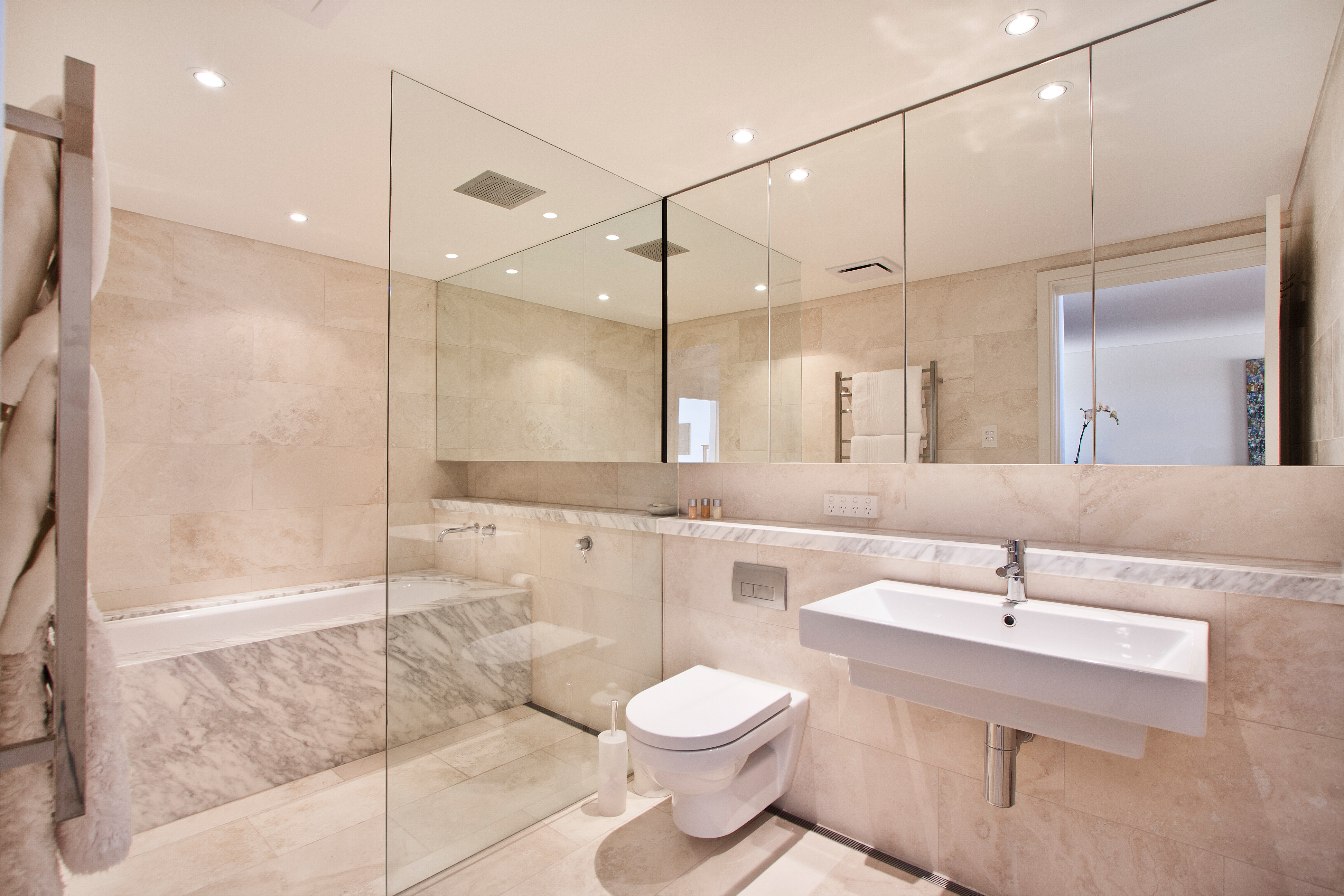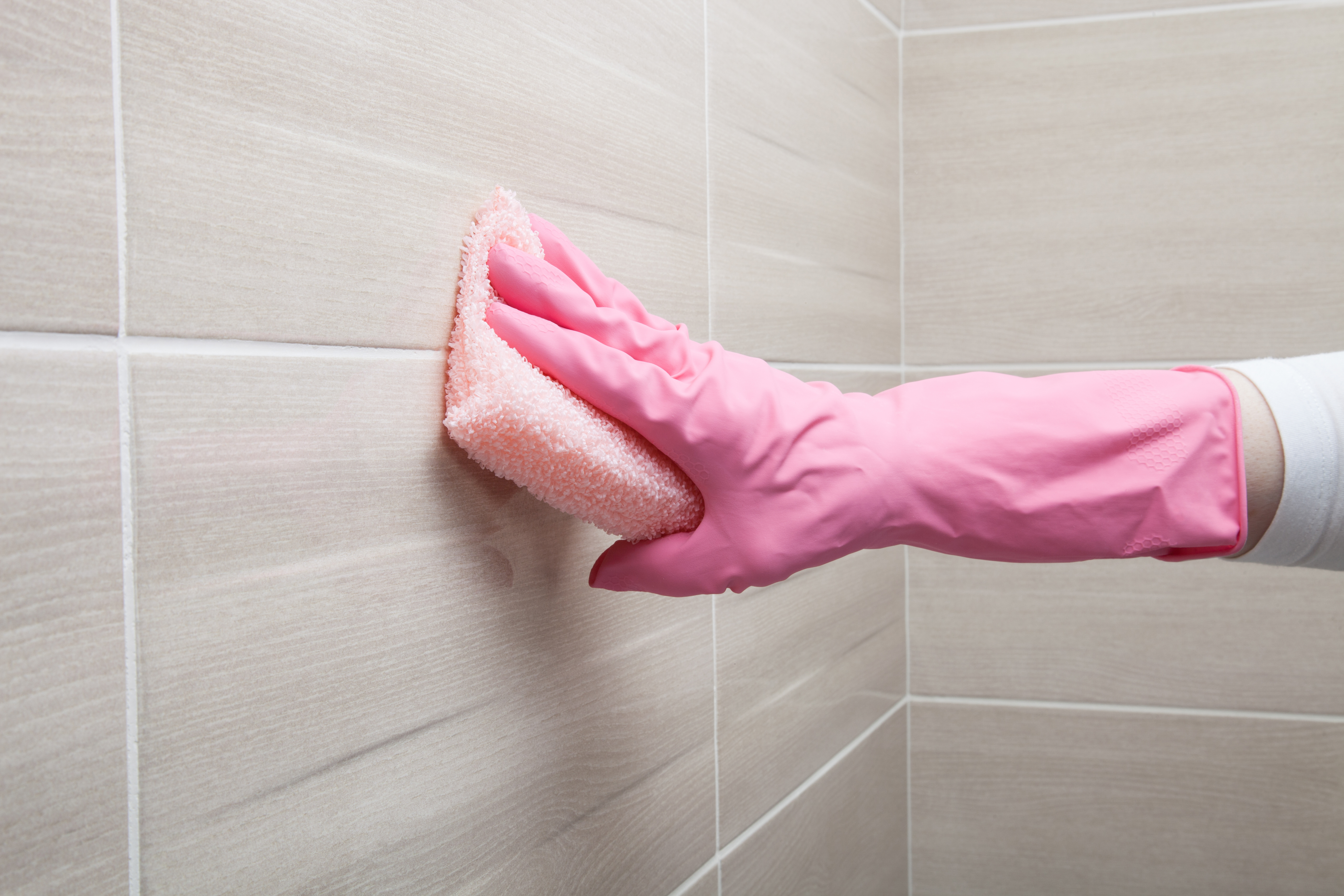Sandstone has been a popular building material for thousands of years, due to its beautiful aesthetic, durability, and finishes. Additionally, the stone is easy to maintain, and an eco-friendly choice for your home. If you’re thinking about updating your bathroom with sandstone tile, you should consider the following characteristics to ensure that this decision is the right one for your home.
Different Colors and Patterns Are Available
Since sandstone is a natural material, you’ll find an incredible variety of colors and patterns available. This variety can include shades of white, a swirl of earth tone colors, and pure black.
When sandstone is quarried, it comes out in large slabs that get refined down to smaller pieces for installation. As a result of this process, each piece will have its own hue, pattern, and character. Additionally, you must be careful about choosing the pieces you want in your bathroom; each one needs to complement the piece beside it to create the look you want.
Various Finishes
When you shop for sandstone tile, you’ll discover many finishes available. Honed sandstone tile has a flat finish. Even though it offers some traction when wet, it’s still quite slippery. However, you can also find sandstone tile with a clefted texture that has an almost bumpy feel. If you’re interested in sandstone tile for the bathroom floor, you’ll still gain traction and safety when it gets wet.
If you don’t like the natural look, you can also find polished sandstone tile. This style gives you a stunning stone with plenty of shine and character. However, it also becomes slippery when wet, which is particularly dangerous on the floor. If you want to go with the polished option, you’re better off selecting it for the walls of the bathroom.
Great Durability
Sandstone is a rock, and it offers impressive durability in the home. While it isn’t as hard as granite or slate, sandstone can still stand up fairly well to regular foot traffic. Plus, if you care for it properly, your sandstone tile can last for decades.
However, keep in mind that a large fall from a heavy object or a gap in the substrate can cause a tile to chip or crack. If this type of damage occurs, you can remove and replace the broken tile. Make sure that you save a few tiles when they’re first installed so that you won’t have any issues finding a piece that matches the rest of the floor.
Eco-Friendly Tile Choice
If you’re interested in selecting an eco-friendly option for your bathroom, sandstone tile is an ideal choice. Unlike synthetic products, sandstone doesn’t require the use of chemicals in production or processing. Plus, it’s possible to recycle or reuse the water required for processing. If you ever get tired of your sandstone tile and decide you want a change, you can easily salvage, reuse, or recycle it.
Water Absorption
Although sandstone is a rock, it’s known for being fairly porous and has a water absorption rate between 1 and 6 percent, which means it’s vulnerable to damage from warping, mold, and water stains. Plus, the stone is susceptible to dents and scratches from high heels, pet claws, and accidental drops.
Consider what type of bathroom in which you’d like to install sandstone tile. Powder rooms and half bathrooms where you have no shower are good options for the tile. Additionally, guest or extra bathrooms that don’t get used frequently are also appropriate for sandstone tile.
Sealing Sandstone Tile
If you’re going to use sandstone tile in the bathroom — especially if you want to use it on the floor — sealing the tile on a regular basis is an essential maintenance task.
While sandstone tile nearly anywhere else in the house would require an annual sealing, in the bathroom, you should consider sealing it every three to six months. Make sure you use a penetrating sealer that will fill the pores in the sandstone and provide a protective surface over the tile. You should also consider using another finish coat to give the tile some added protection.
Cleaning Sandstone Tile
As long as you keep up with regular sealing, cleaning sandstone tile isn’t difficult. In fact, you can usually use a broom or the soft hose nozzle on a vacuum to sweep and clean the floor. Or you can look for a cleaner specially formulated not to harm sealant.
If you accidentally spill something on the tile, make sure you wipe up the spill immediately. You can also use a sponge and warm water to wipe up spills, but make sure no liquid is left standing on the tile. The porous nature of the stone means colored liquids can penetrate the stone and cause stains.
Also, keep in mind that you should never use any type of acidic cleaners or soak the sandstone tile with water. Since cleaning sandstone can dull the shine of the tile, you should also consider polishing it with wax and a soft cloth or electric buffer after every other cleaning.
Weathering and Aging
Sandstone weathers and ages over time. Even with perfect maintenance, the way your sandstone tile looks when you first install it isn’t the way it will look in 10 years. Water, foot traffic, and general use will all cause your tile to change color and wear down differently. However, whether you view this quality as a benefit or a drawback is entirely up to your personal preference.
Some people will choose sandstone because of the different look and style it will take on throughout the years, while others have no desire to have their tile change over time. Therefore, it’s important to know which category you fall under before you decide to choose sandstone tile.
If you’re interested in incorporating a natural look into your bathroom, sandstone tile may be the ideal choice. However, you should carefully consider all pros and cons before deciding if the choice of sandstone is right for you.
Resources:
https://blog.builddirect.com/choosing-natural-stone-tile-granite-marble-travertine/























